We will discuss 10 provinces and 3 territories in Canada — you’ll be surprised just how different all these regions are!
From the bustling cities to the natural wonders, this is the country and this guide offers a better understanding of it to help you figure out how to experience this diverse mosaic of a country best.
Whether you’re planning a trip or just curious, I hope you enjoy learning about the unique personality of each area.
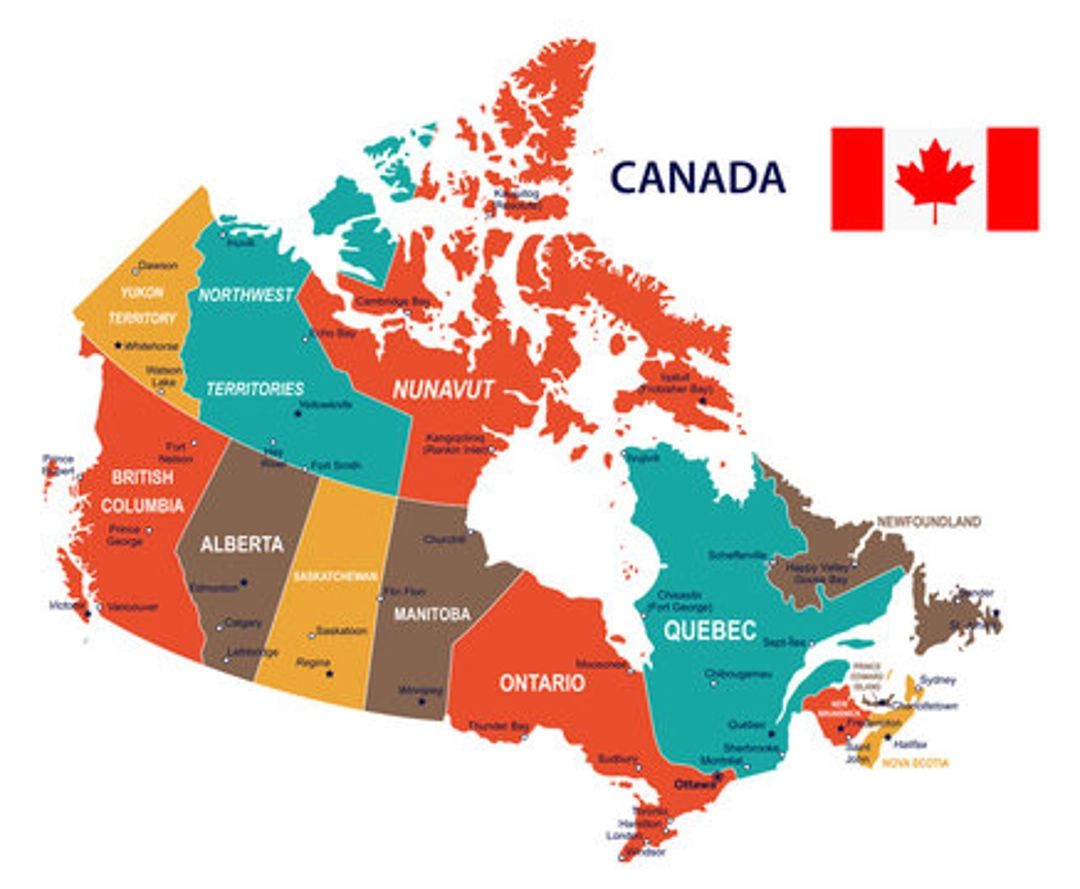
How Many Provinces Are There in Canada?
Canada consists of 10 provinces, each with its own unique piece of the vast and varied national tapestry. But, before we get into that, let’s cover how the country is divided.
Canada is a federation, composed of provinces and territories. Provinces, like British Columbia and Ontario, are akin to American states, with their local governments and governing responsibilities.
They wield plenty of power (and collect taxes), ultimately shaping the national character and administration. Once travelers understand this structure, it’s easier to see the charm of Canada.
Provinces vs. Territories: What’s the Difference?
Understanding the distinction between provinces and territories in Canada is also key to understanding the country’s governance.
Provinces like Ontario and Quebec have their own government systems, modeled after the federal system when they became provinces.
Territories, on the other hand, (such as Yukon and Nunavut) have their powers delegated to them by the federal government. What that means is that the federal parliament could change their powers tomorrow.

There are 13 regions in Canada: 10 provinces and 3 territories. Every region has its own culture, landscapes, and governing styles.
Provinces have certain constitutionally secured powers, whereas territories tend to have more direct federal oversight and assistance.
This has major implications for how these areas function and grow, providing yet another level of diversity within this country.
A Snapshot of 10 Provinces
1. Alberta
Alberta sparkles with its stunning scenery. From the grand Rockies to the flat prairies, it’s an outdoor enthusiast’s paradise. Capital city Edmonton offers an exciting city life and a vibrant cultural scene and is located near Banff National Park.
Recommended Food: Alberta beef, bison burgers
Attractions: Banff National Park, Jasper National Park
Activities: Hiking, skiing, exploring the Icefields Parkway
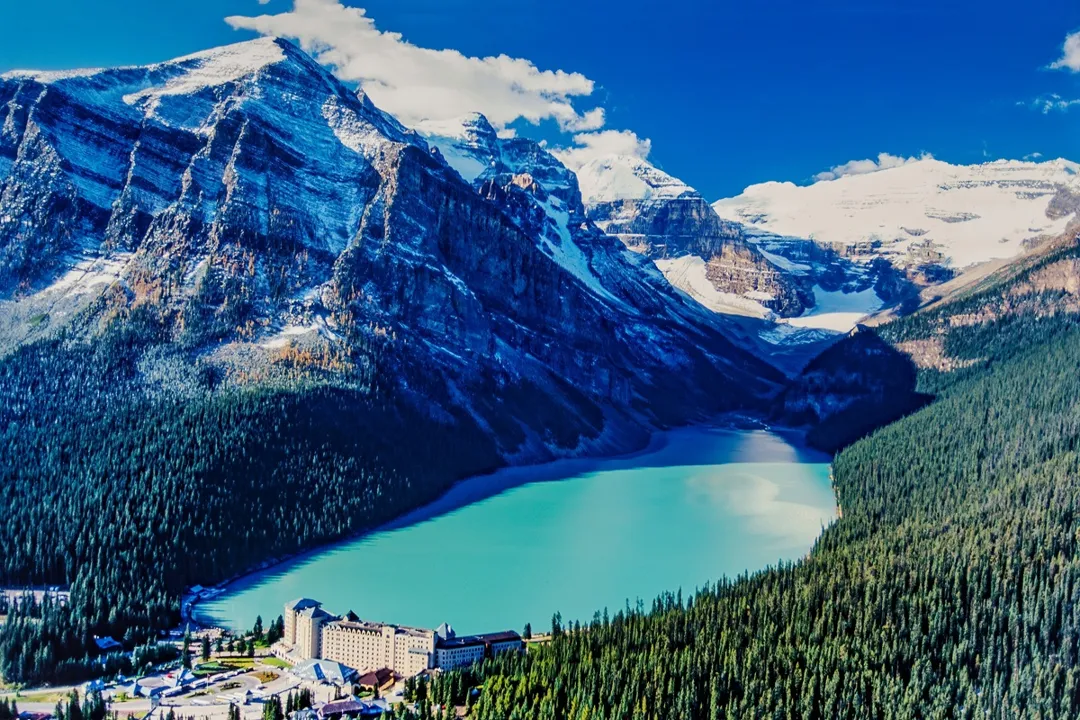
2. British Columbia
British Columbia has striking natural beauty and varied ecosystems. Its capital, Victoria, is a charming blend of historic buildings and contemporary amusement.
Coastal Vancouver is internationally recognized for its vivid art and outdoor adventures.
Recommended Food: Salmon, Nanaimo bars
Attractions: Stanley Park, Butchart Gardens
Activities: Whale watching, hiking the Grouse Grind
3. Manitoba
Manitoba, wild and breathtaking. From the polar bears in Churchill to the endless prairies, it is somewhere to come for adventure and relaxation. Winnipeg, the capital, boasts museums and theaters to keep you busy.
Recommended Food: Pickerel, perogies
Attractions: Canadian Museum for Human Rights, The Forks
Activities: Kayaking, wildlife viewing in Churchill

4. New Brunswick
The province has beautiful coastlines and forests. Its capital, Fredericton, is vibrant, historic, and cultural. It’s a great province to road trip around.
Recommended Food: Lobster, fiddleheads
Attractions: Bay of Fundy, Hopewell Rocks
Activities: Birdwatching, hiking, kayaking
5. Newfoundland and Labrador
This province is simply amazing— it’s even mystical. In St. John’s, the capital, you’ll find amazing views and tons of history. The cliffs and the coast are just mind-blowing.
Recommended Food: Cod tongues, Jiggs’ dinner
Attractions: Gros Morne National Park, L’Anse aux Meadows
Activities: Whale watching, iceberg tours

6. Nova Scotia
Home to a picturesque coast, Nova Scotia is full of maritime history. The capital, Halifax, boasts a vibrant arts community. Beautiful coastlines, tasty seafood, and plenty of history draw outdoor-lovers to the province.
Recommended Food: Lobster rolls, Digby scallops
Attractions: Cabot Trail, Peggy’s Cove
Activities: Sailing, exploring historical sites
7. Ontario
And it’s easy to see more when you’re a tourist in Ontario. The province’s slogan is “Yours to Discover” and it’s spot on.
With the beauty of Niagara Falls, the multiculturalism of Toronto, and the Canadian history in Ottawa (the nation’s capital), it has something for everyone.
Recommended Food: Peameal bacon, butter tarts
Attractions: CN Tower, Royal Ontario Museum
Activities: Visiting Niagara Falls, exploring Algonquin Park
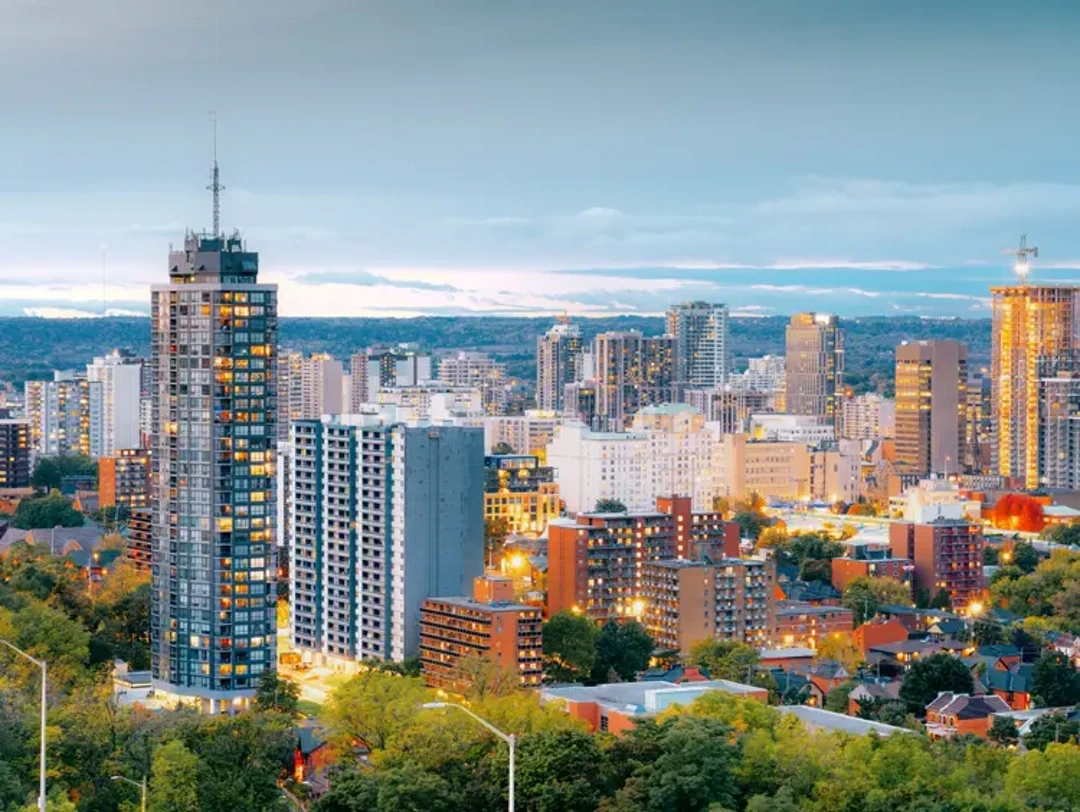
8. Prince Edward Island
Charming Prince Edward Island is full of storybook landscapes and red sand beaches. Charlottetown, famous for its small-town feel, is actually where Canada was born.
Recommended Food: Mussels, potato fudge
Attractions: Green Gables Heritage Place, PEI National Park
Activities: Beachcombing, cycling the Confederation Trail
9. Quebec
Quebec has a mix of the old world and the new. Old Quebec feels very European and is a UNESCO World Heritage site. Montreal is a bustling center of culture with museums, festivals, and exquisite food.
Recommended Food: Poutine, tourtière
Attractions: Old Quebec, Mont-Tremblant
Activities: Exploring historic sites, enjoying winter sports
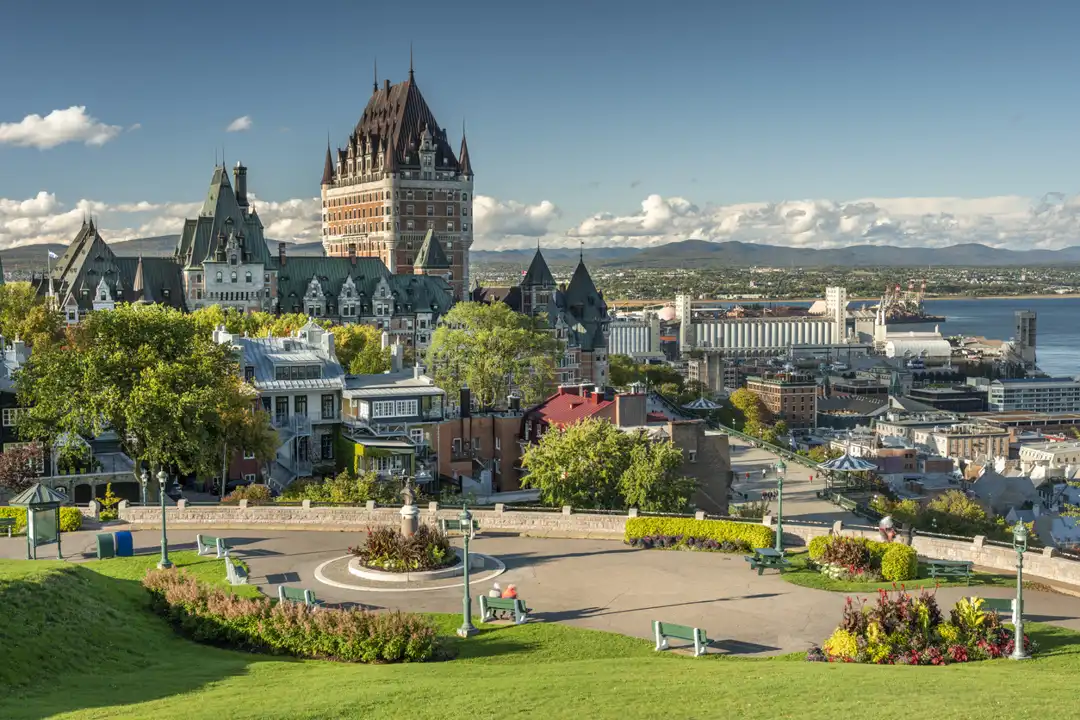
10. Saskatchewan
The province of Saskatchewan is filled with wide-open sky and fields of green. It is a wonderful place to relax and breathe, where hospitality and calmness are never in short supply. The capital, Regina, has some pretty parks and good museums as well.
Recommended Food: Saskatoon berry pie, Bannock
Attractions: Royal Saskatchewan Museum, Grasslands National Park
Activities: Stargazing, visiting heritage sites
The 3 Territories of Canada
1. Northwest Territories
Welcome to the Northwest Territories. If breathtaking landscapes and rich culture are what you’re after, you’ve come to the right place.
Yellowknife, the capital, is known for its insane Aurora Borealis displays. The territory is a kaleidoscope of indigenous peoples, all sharing a friendly wave and deep-rooted heritage.
Visit and you can see local crafts, listen to the stories, and get an insight into their lives on the land.
Recommended Food: Arctic char, bannock
Attractions: Aurora Village, Nahanni National Park Reserve
Activities: Northern lights viewing, dog sledding, cultural tours
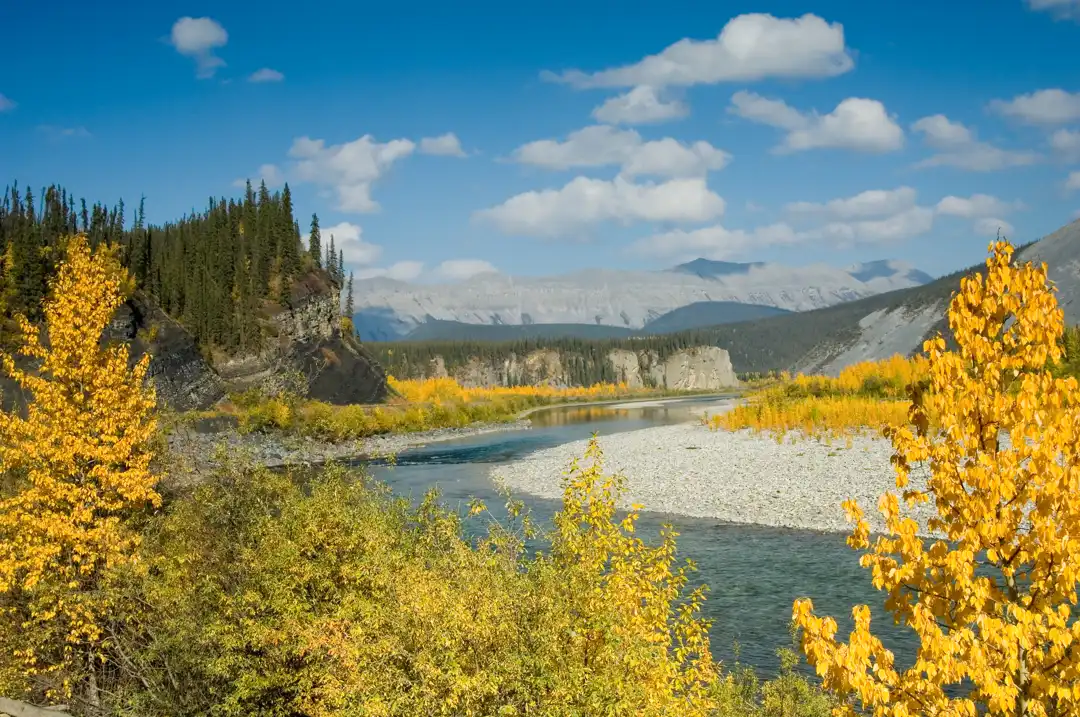
2. Nunavut
Nunavut (meaning “Our Land” in Inuktitut), Canada’s newest territory, offers stunning Arctic scenery. Its capital, Iqaluit, is home to a bustling Inuit community.
Miles upon miles of tundra dominate the bleak but scenic landscape and the culture is very traditional.
The remote priority of life here creates a peaceful, quiet atmosphere, making it easy to feel like you’re far from the madding crowd.
Recommended Food: Muktuk, caribou stew
Attractions: Sirmilik National Park, Auyuittuq National Park
Activities: Snowmobiling, visiting art galleries, exploring ice fjords
3. Yukon
The Yukon is a wild time capsule with historic sites and natural wonders. Whitehorse, the capital, is filled with Klondike Gold Rush relics.
Its vast outdoor spaces, including Mount Logan, Canada’s tallest peak, attract nature lovers and adventurers seeking a wild experience.
Recommended Food: Yukon Gold potatoes, elk steak
Attractions: Kluane National Park, Dawson City
Activities: Hiking, gold panning, visiting museums
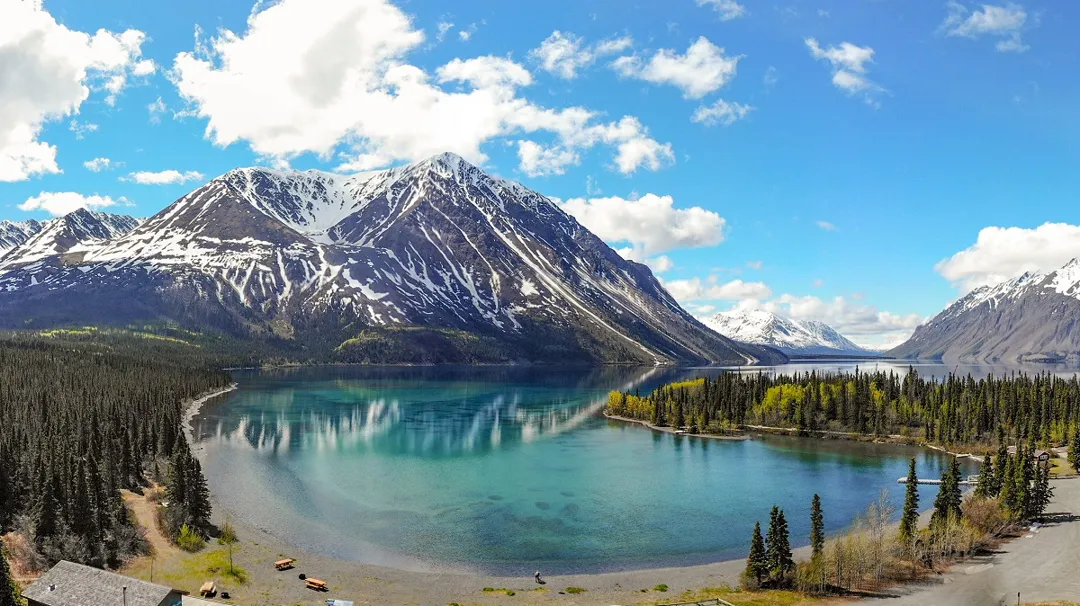
Why This Matters for Travelers
Curate Unique Experiences: For travelers eager to uncover Canada's secrets, knowing each province's unique offerings enables crafting an itinerary that is as diverse as the nation itself, from Quebec’s vibrant French culture to Alberta’s stunning Rocky Mountains.
Efficient Route Planning: Canada’s vast geography can be daunting. Travelers keen on maximizing their visit will benefit from strategic planning that takes into account distances and preferred modes of travel, ensuring an adventure that’s smooth and seamless.
Cost-Effective Travel: Budget-conscious travelers can leverage provincial differences in living costs to extend their stays. For instance, enjoying more economical accommodations in Prince Edward Island while saving for luxury experiences in Toronto.
Engage in Local Events: Enthusiasts of local culture can time their visits to coincide with specific festivals, like the Calgary Stampede in Alberta or the Winter Carnival in Quebec, offering authentic insights and memorable experiences.
FAQ
1. Which province is home to Anne of Green Gables?
Prince Edward Island is tightly connected to Anne of Green Gables and offers charming landscapes.
2. What language is predominantly spoken in Quebec?
French is the predominant language spoken in Quebec, giving it a unique cultural flair.
3. Where can you see the Northern Lights in Canada’s territories?
The Northwest Territories, particularly around Yellowknife, offer incredible views of the Aurora Borealis.
4. Which territory is known for its Klondike Gold Rush history?
Yukon is famous for its Klondike Gold Rush history and stunning wilderness.
5. Where can you experience cultural storytelling in Canada’s territories?
Experiencing cultural storytelling is a highlight in the Northwest Territories, rich in indigenous traditions.
Conclusion
Venturing further afield from the cities will introduce you to the even more hidden gems of each province. Each province is like a whole different world and you’ll really come to understand and love this awesome country.
The nature of British Columbia. The unique culture of Nova Scotia. No matter you’re interested in, there’s a province for you. So book that ticket, pack your bag, and get ready to learn some incredible stories in the Canadian provinces.
